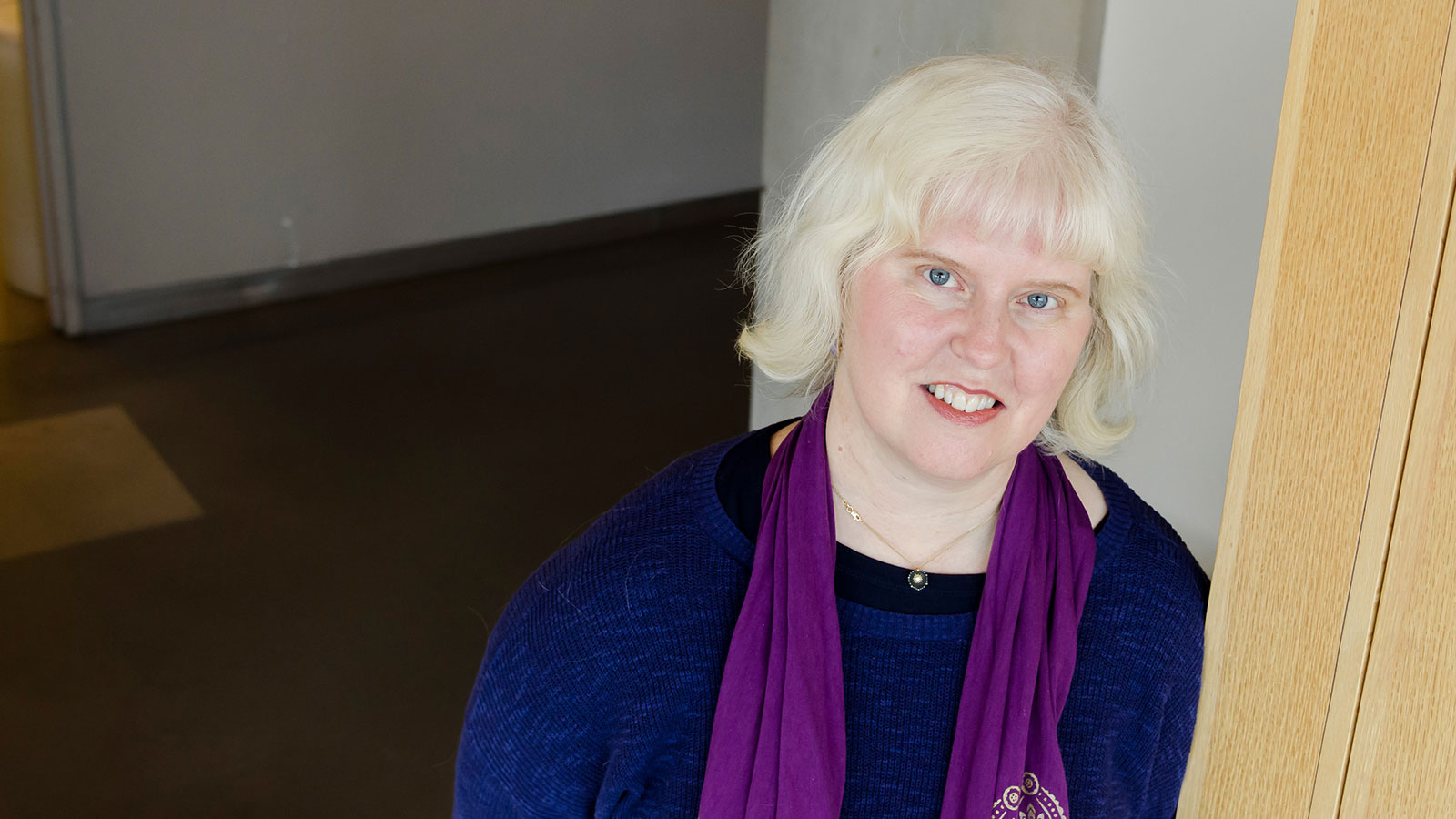Education
- PhD, 1988, Stanford University
- BS, 1983, Biochemistry, University of Wisconsin-Madison
Research Summary
Our goal is to understand the mechanisms and regulation behind AAA+ unfoldases and macromolecular machines from the "Clp/Hsp100 family" of protein unfolding enzymes. We study these biological catalysts using biochemistry, structural biology, molecular biology, genetics, and single molecule biophysics.Awards
- Margaret MacVicar Faculty Fellow, 2008-2018
- National Academy of Sciences, Member, 2007
- American Academy of Arts and Sciences, Fellow, 2005
- Howard Hughes Medical Institute, HHMI Investigator, 1994
Key Publications
- Structural Basis of an N-Degron Adaptor with More Stringent Specificity. Stein, BJ, Grant, RA, Sauer, RT, Baker, TA. 2016. Structure 24, 232-42.
doi: 10.1016/j.str.2015.12.008PMID:26805523 - Mitochondrial ClpX Activates a Key Enzyme for Heme Biosynthesis and Erythropoiesis. Kardon, JR, Yien, YY, Huston, NC, Branco, DS, Hildick-Smith, GJ, Rhee, KY, Paw, BH, Baker, TA. 2015. Cell 161, 858-67.
doi: 10.1016/j.cell.2015.04.017PMID:25957689 - Mechanochemical basis of protein degradation by a double-ring AAA+ machine. Olivares, AO, Nager, AR, Iosefson, O, Sauer, RT, Baker, TA. 2014. Nat Struct Mol Biol 21, 871-5.
doi: 10.1038/nsmb.2885PMID:25195048 - Single-molecule protein unfolding and translocation by an ATP-fueled proteolytic machine. Aubin-Tam, ME, Olivares, AO, Sauer, RT, Baker, TA, Lang, MJ. 2011. Cell 145, 257-67.
doi: 10.1016/j.cell.2011.03.036PMID:21496645 - The molecular basis of N-end rule recognition. Wang, KH, Roman-Hernandez, G, Grant, RA, Sauer, RT, Baker, TA. 2008. Mol Cell 32, 406-14.
doi: 10.1016/j.molcel.2008.08.032PMID:18995838 - Proteomic discovery of cellular substrates of the ClpXP protease reveals five classes of ClpX-recognition signals. Flynn, JM, Neher, SB, Kim, YI, Sauer, RT, Baker, TA. 2003. Mol Cell 11, 671-83.
doi: 10.1016/s1097-2765(03)00060-1PMID:12667450 - A specificity-enhancing factor for the ClpXP degradation machine. Levchenko, I, Seidel, M, Sauer, RT, Baker, TA. 2000. Science 289, 2354-6.
doi: 10.1126/science.289.5488.2354PMID:11009422
Recent Publications
- The membrane-cytoplasmic linker defines activity of FtsH proteases in Pseudomonas aeruginosa clone C. Mawla, GD, Kamal, SM, Cao, LY, Purhonen, P, Hebert, H, Sauer, RT, Baker, TA, Römling, U. 2024. J Biol Chem 300, 105622.
doi: 10.1016/j.jbc.2023.105622PMID:38176647 - A closed translocation channel in the substrate-free AAA+ ClpXP protease diminishes rogue degradation. Ghanbarpour, A, Cohen, SE, Fei, X, Kinman, LF, Bell, TA, Zhang, JJ, Baker, TA, Davis, JH, Sauer, RT. 2023. Nat Commun 14, 7281.
doi: 10.1038/s41467-023-43145-xPMID:37949857 - Lon degrades stable substrates slowly but with enhanced processivity, redefining the attributes of a successful AAA+ protease. Kasal, MR, Kotamarthi, HC, Johnson, MM, Stephens, HM, Lang, MJ, Sauer, RT, Baker, TA. 2023. Cell Rep 42, 113061.
doi: 10.1016/j.celrep.2023.113061PMID:37660294 - The SspB adaptor drives structural changes in the AAA+ ClpXP protease during ssrA-tagged substrate delivery. Ghanbarpour, A, Fei, X, Baker, TA, Davis, JH, Sauer, RT. 2023. Proc Natl Acad Sci U S A 120, e2219044120.
doi: 10.1073/pnas.2219044120PMID:36730206 - FtsH degrades dihydrofolate reductase by recognizing a partially folded species. Morehouse, JP, Baker, TA, Sauer, RT. 2022. Protein Sci 31, e4410.
doi: 10.1002/pro.4410PMID:36630366 - FtsH degrades kinetically stable dimers of cyclopropane fatty acid synthase via an internal degron. Hari, SB, Morehouse, JP, Baker, TA, Sauer, RT. 2023. Mol Microbiol 119, 101-111.
doi: 10.1111/mmi.15009PMID:36456794 - AAA+ protease-adaptor structures reveal altered conformations and ring specialization. Kim, S, Fei, X, Sauer, RT, Baker, TA. 2022. Nat Struct Mol Biol 29, 1068-1079.
doi: 10.1038/s41594-022-00850-3PMID:36329286 - Structure and function of ClpXP, a AAA+ proteolytic machine powered by probabilistic ATP hydrolysis. Sauer, RT, Fei, X, Bell, TA, Baker, TA. 2022. Crit Rev Biochem Mol Biol 57, 188-204.
doi: 10.1080/10409238.2021.1979461PMID:34923891 - Division of labor between the pore-1 loops of the D1 and D2 AAA+ rings coordinates substrate selectivity of the ClpAP protease. Zuromski, KL, Kim, S, Sauer, RT, Baker, TA. 2021. J Biol Chem 297, 101407.
doi: 10.1016/j.jbc.2021.101407PMID:34780718 - Heat activates the AAA+ HslUV protease by melting an axial autoinhibitory plug. Baytshtok, V, Fei, X, Shih, TT, Grant, RA, Santos, JC, Baker, TA, Sauer, RT. 2021. Cell Rep 34, 108639.
doi: 10.1016/j.celrep.2020.108639PMID:33472065

